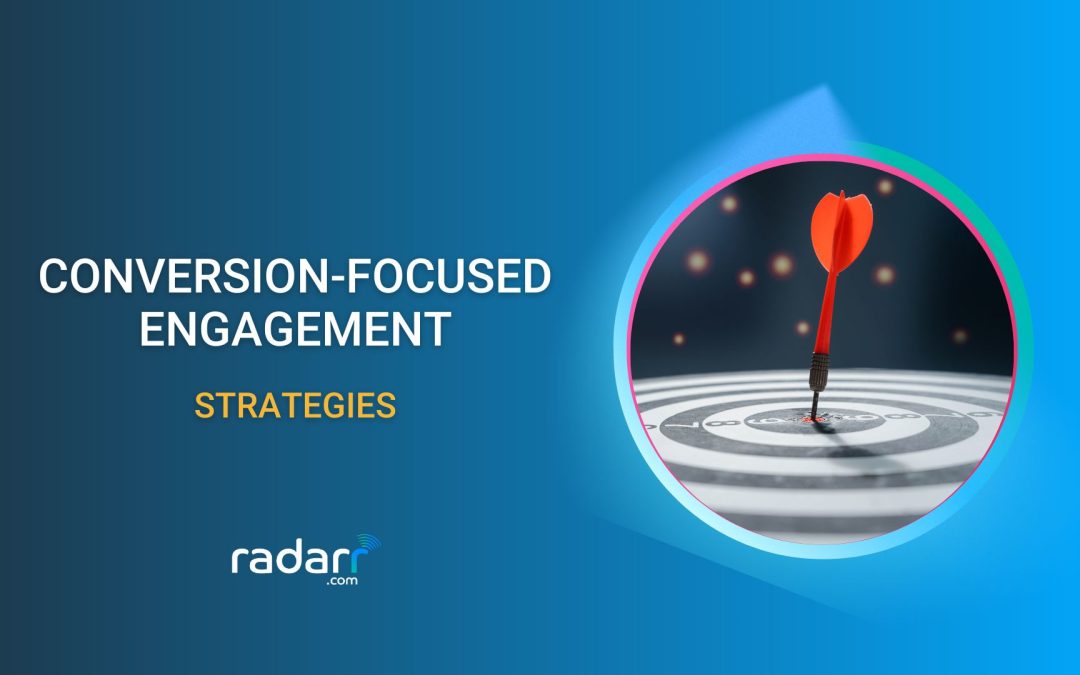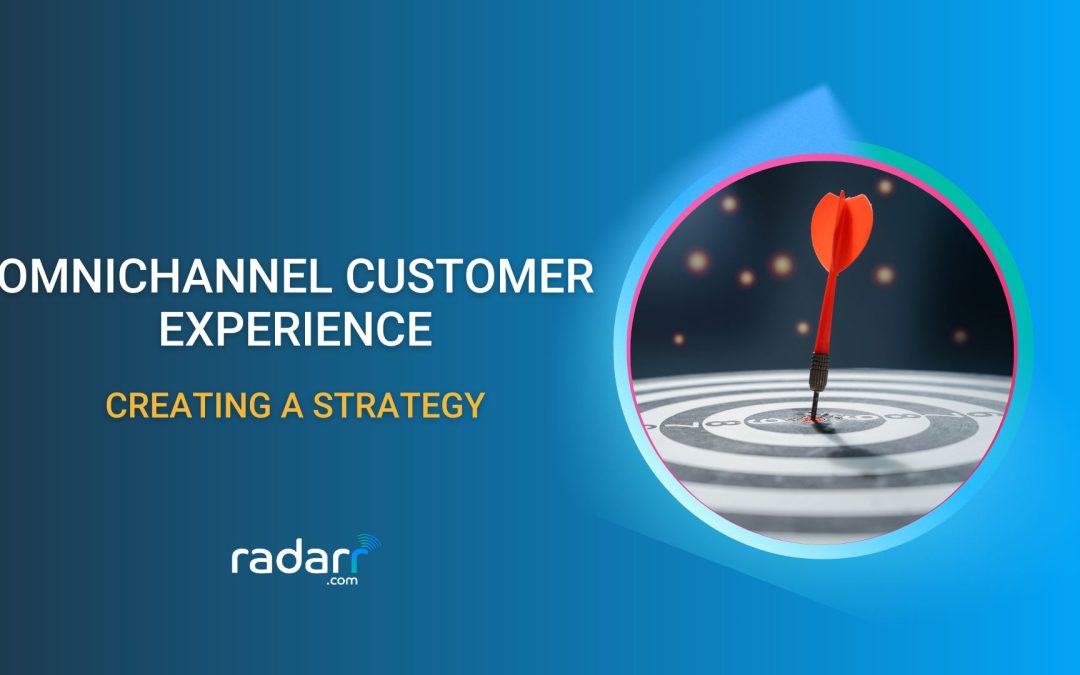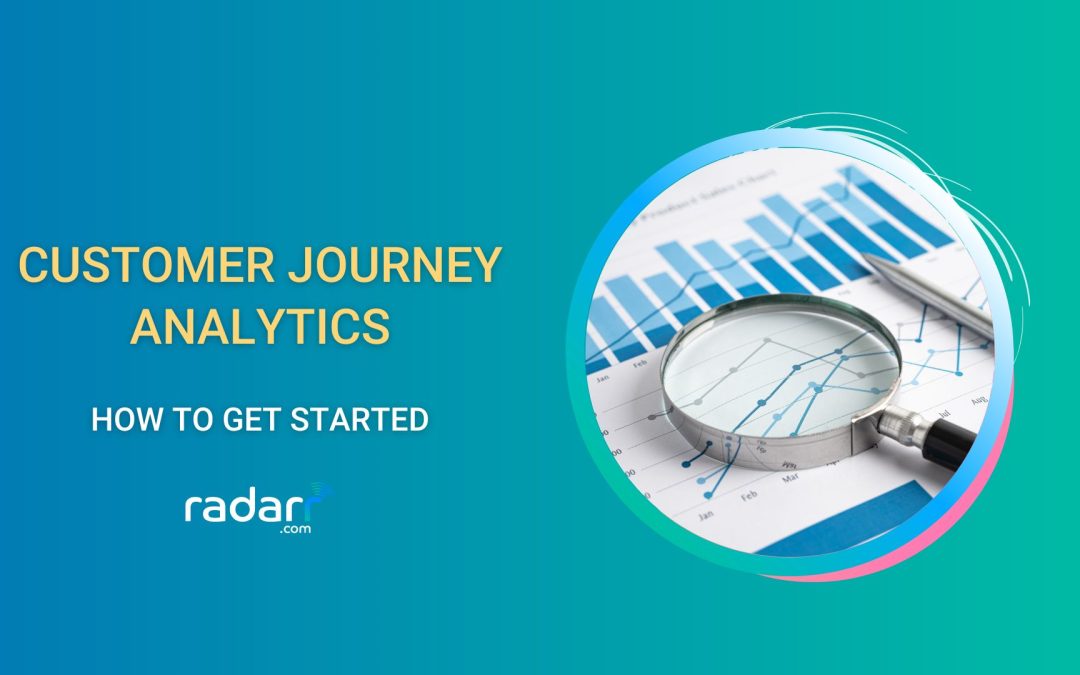Being present online is a must for brands to succeed – no matter how big or small they are. But keeping up with all the conversations that stem from this presence is easier said than done and often the cause for what creates the brand’s reputation – both positive and negative.
This is where an online reputation management tool like Radarr comes in handy. But with so many other options available, how do you choose an ORM software that best suits your requirements?
In this post, we tell you how to pick the best online reputation management tool.
What is an online reputation management tool?
An online reputation management tool is a software or service designed to monitor, analyze, and enhance an individual’s or a brand’s online presence. These tools track mentions across various platforms, from social media to review sites, providing insights into sentiment, trends, and engagement.
When something good or bad pops up, this tool alerts you, so you can take action if needed, like responding to a positive comment or addressing a negative review. They help shape how people perceive you in the digital world.
An online reputation management tool broadly offers features such as:
- Monitoring
- Sentiment Analysis
- Feedback Management
- Issue Resolution
- Reporting & Analytics
- Reputation Enhancement
- Competitor Analysis
What features should the best online reputation management tool include?
The best online reputation management tool always has these features:
1. Social listening and monitoring
Social listening and monitoring involves tracking and analyzing online conversations and mentions across various social media platforms, forums, review sites, blogs, news outlets, and more.
It includes:
- Comprehensive tracking: It scans social media platforms, forums, blogs, and review sites to gather mentions, comments, and discussions related to your brand.
- Real-time monitoring: This allows you to swiftly respond to both positive and negative comments or feedback, engaging with your audience promptly.
- Identifying trends and patterns: It identifies emerging trends, recurring issues, or popular topics related to your brand.
- Customizable alerts and reporting: You can set up customized alerts or notifications based on specific keywords, mentions, or sentiment changes.
How can Radarr help?
Radar as the best online reputation management tool uses artificial intelligence and advanced machine learning algorithms to offer:
- Real-time monitoring
- Audience and consumer analysis
- Campaign analysis
- Benchmark competitors
- Identify and predict trends
- Discover influencers
- Track brand health and performance
2. Respond to online reviews
This feature allows you to interact directly with individuals who have left reviews about your product, service, or business on various platforms. The best online reputation management tool facilitates timely and personalized responses to both positive and negative reviews.
This feature includes:
- Centralized review management: Consolidates reviews from different platforms into a single dashboard.
- Timely response capability: Respond promptly to reviews, regardless of whether they are positive or negative.
- Alerts and notifications: Provide notifications or alerts when new reviews are posted, ensuring that you can address them promptly.
- Monitoring response metrics: Track response rates, sentiment changes post-response, and other metrics.
- Integration with Customer Relationship Management (CRM): It allows for a deeper understanding of the customer’s journey, enabling more informed and personalized responses.
How can Radarr help?
Radarr’s engagement tool allows you to:
- Monitor comments and messages in real-time
- View unanswered conversations on one dashboard
- Reply or react to comments and messages with one click
- Identify audience sentiment behind conversations
- Label conversations for prioritization
- Measure audience engagement and customer satisfaction levels
- Reduce social media response time
- CRM integration
3. Manage posting schedule
The best online reputation management tool enables users to plan, organize, and schedule content to be posted across various social media platforms at optimal times for maximum engagement.
It aids in organizing and executing marketing campaigns more effectively by planning and scheduling content in alignment with campaign objectives.
This feature includes:
- Content calendar: Provides a visual content calendar where users can view, plan, and schedule posts.
- Scheduling flexibility: Users can schedule posts for specific dates and times, ensuring consistent and timely content delivery.
- Multi-platform scheduling: It supports scheduling across multiple social media platforms such as Facebook, Twitter, LinkedIn, Instagram, and others.
- Queue management: Users can create queues or libraries of content to be scheduled at intervals to ensure a steady flow of posts.
- Optimal timing suggestions: Analyze audience behavior to suggest the best times for posting based on when the audience is most active or responsive.
- Post previews and editing: Previews of scheduled posts allow users to visualize how their content will appear before publishing.
How can Radarr help?
Radarr’s publishing and scheduling tool allows you to:
- Plan your social media content with ease
- Create high-performing and engaging social content
- Share or schedule social media posts at the best time
- Easily collaborate with social media marketing and advertising teams
- Manage all social media profiles on one dashboard
- Post Previews and Editing
- Ensure brand security and compliance
4. Respond to negative reviews
Responding to negative reviews appropriately shows that the brand values customer feedback and is dedicated to resolving issues, helping to mitigate the negative impact on its image.
Crafting personalized responses enables brands to empathize with the customer’s experience. Acknowledging their frustration or disappointment and showing understanding can often defuse the situation and demonstrate a commitment to resolving issues.
How can Radarr help?
Radarr, the best online reputation management tool, makes it easy to answer questions faster by setting up ready-made responses for common questions, helping your team reply to followers quickly.
It figures out if people are feeling positive or negative in their messages using smart technology. It’s great at spotting negative comments so you can respond to them first and keep your brand’s reputation in good shape.
Also, it automatically gives messages to the right team members, sorts messages from customers, and helps your Customer Service team reply faster.
5. Competitor analysis
Understanding how competitors handle their online presence, reviews, and customer interactions offers valuable insights into industry benchmarks and best practices. This information aids in setting realistic goals and refining strategies.
The best online reputation management tool monitors your competitors’ online mentions and performance, providing valuable insights into industry trends and benchmarking against rivals.
How can Radarr help?
Radarr, the best online reputation management tool, helps you use social media analytics to benchmark your performance with competitors. Identify industry gaps and opportunities to create better marketing and advertising campaigns to reach your target audience.
6. Sentimental analysis
Sentimental analysis helps gauge how customers feel about the brand, products, or services. Understanding sentiments in comments, reviews, and social media posts allows businesses to tailor responses accordingly.
Sentiment analysis also contributes to refining the customer experience. Identifying areas that evoke strong positive or negative emotions guides efforts to enhance satisfaction.
How can Radarr help?
Radarr’s Sentiment API helps make sense of your data using top-notch NLP technology. All you have to do is connect it to your marketing tools for AI-driven sentiment analysis.
Radarr as the best online reputation management tool helps to predict campaign moods, find key details automatically, and create engaging experiences. It swiftly turns content into essential data, extracting sentiments and named entities from various sources like news, blogs, and tweets.
7. Active customer support
Outstanding customer support is significant as it ensures users receive timely assistance, resolving queries or issues promptly. Accessible, knowledgeable support teams build trust, reliability, and confidence in the tool, fostering a positive user experience and minimizing disruptions to operations.
8. Integration with third-party tools
Seamless integration with other software streamlines workflows consolidates data, and enhances functionality. Compatibility with a range of tools empowers users to leverage their preferred applications, creating a unified ecosystem that optimizes efficiency and productivity across platforms.
9. Ease of use
A user-friendly interface and intuitive functionalities are critical for wider adoption. An easy-to-navigate tool with straightforward features reduces training time, encourages user engagement, and maximizes the tool’s potential, ensuring that it’s utilized effectively by diverse teams.
10. Pricing
Transparent and flexible pricing models are essential for accessibility and value maximization. Clear pricing structures, adaptable to varying business needs and budgets, ensure that users understand the tool’s cost-effectiveness and align its features with their specific requirements, fostering long-term commitment and satisfaction.
Bonus: look at reviews, testimonials and case studies
When selecting the best online reputation management (ORM) tool, customer feedback is gold. Reviews, testimonials, and case studies provide invaluable insights into a tool’s real-world impact. Here’s how to evaluate based on customer experiences:
- Review analysis: Scan through reviews across various platforms. Look for recurring themes, both positive and negative. Assess how the tool addressed concerns or issues raised by users.
- Testimonials: Dive into testimonials on the tool’s website or third-party review sites. Pay attention to specific examples of how the tool helped businesses improve their online reputation, resolve issues, or streamline their processes.
- Case studies: Explore case studies provided by the tool. They often showcase real scenarios and measurable results. Assess the impact the tool had on improving brand perception, resolving crises, or enhancing customer engagement.
- Customer success stories: Seek out success stories shared by the tool’s users. Understand how the tool positively influenced their reputation management strategies, customer interactions, and overall business outcomes.
- Quantifiable impact: Look for metrics or data indicating the tangible impact of using the tool, such as increased positive reviews, decreased response times to negative feedback, improved customer satisfaction scores, or enhanced brand sentiment.
- Customer Support and Satisfaction: Evaluate feedback related to customer support.
Recommended read: Online Reputation Management Techniques You Need to Implement
Conclusion
Radarr as the best reputation management company serves as a valuable tool, enabling real-time monitoring of online conversations surrounding your brand and offerings. With Radarr, timely responses and proactive reputation management become achievable, fostering a positive online presence.












